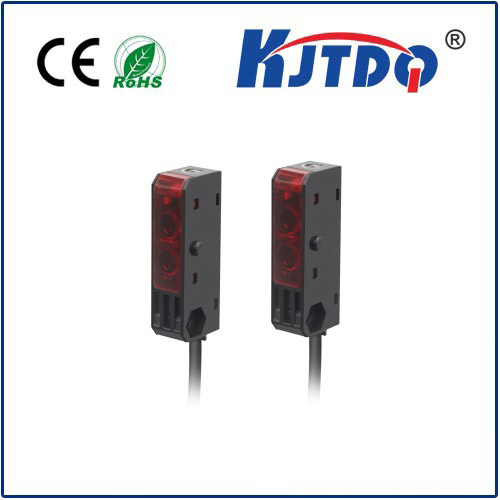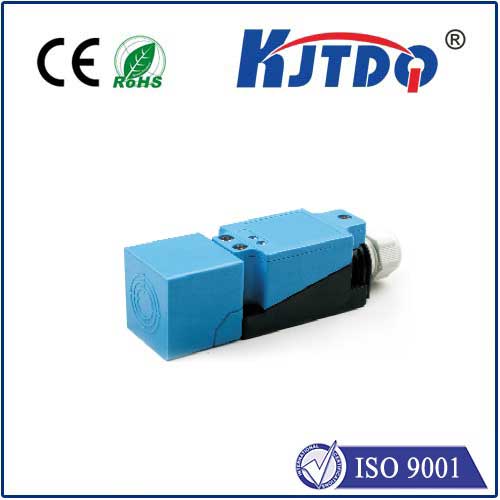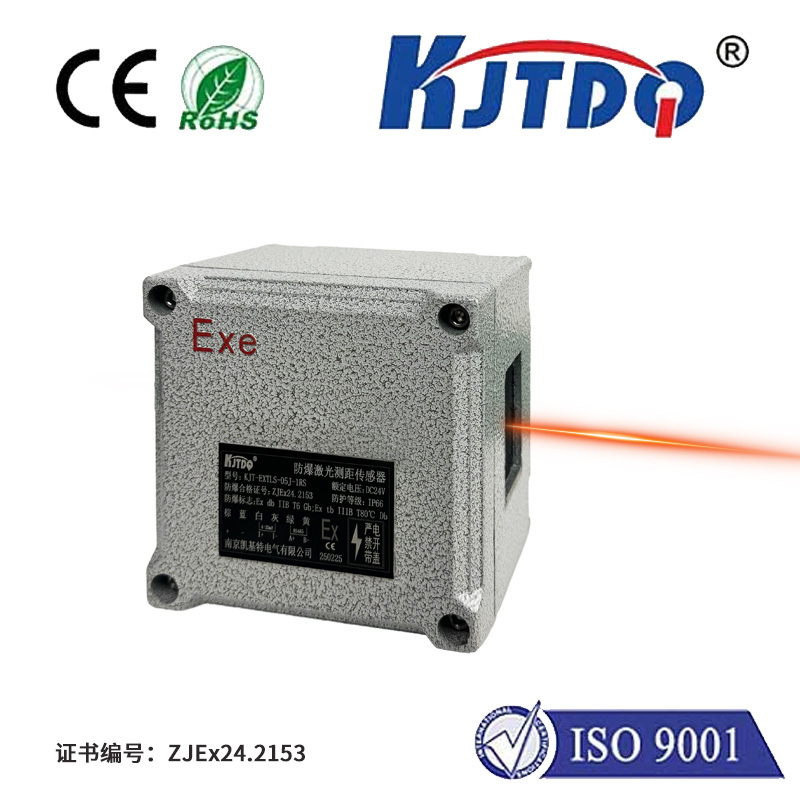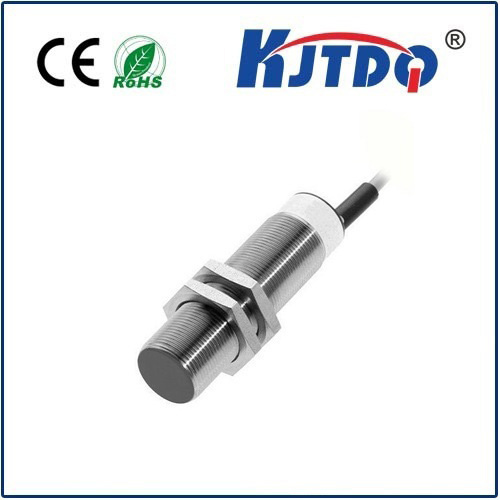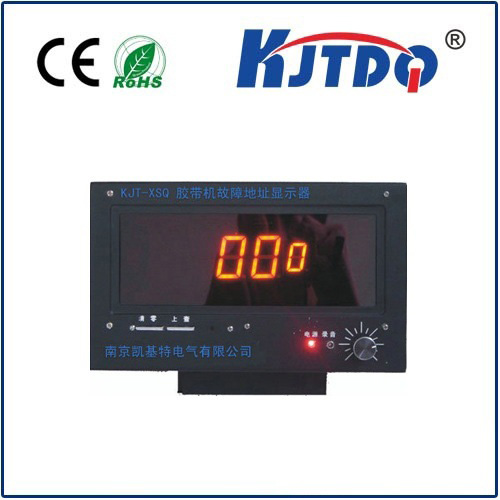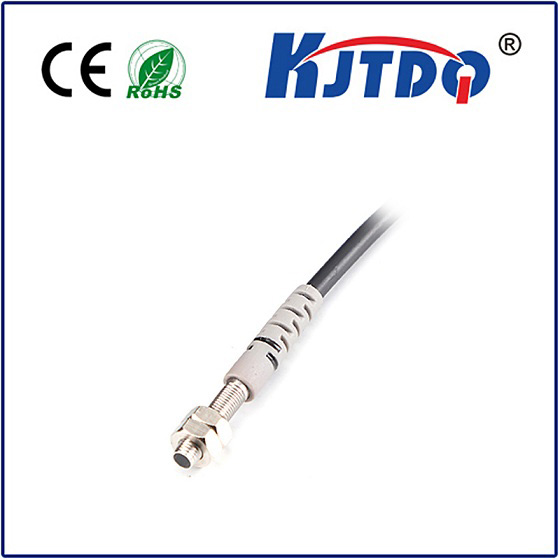BHS0001 high pressure proximity sensor
- time:2025-09-29 19:07:59
- Click:0
BHS0001: Your Ultimate High Pressure Proximity Sensor for Industrial Reliability
Imagine a critical hydraulic system deep within an offshore drilling rig. Pressures surge to thousands of PSI, temperatures fluctuate wildly, and vibrations are relentless. A component failure here isn’t just costly downtime; it’s a potential safety catastrophe. Precise, reliable proximity sensing under these brutal conditions isn’t a luxury; it’s an absolute necessity. This is the uncompromising world where sensors like the BHS0001 High Pressure Proximity Sensor prove their indispensable worth. Engineered specifically for durability and accuracy in the most demanding environments, the BHS0001 epitomizes robust monitoring where failure isn’t an option.
Understanding the Core Challenge: Sensing Near Extreme Pressure
Standard proximity sensors excel in many industrial settings, detecting the presence or absence of metallic or sometimes non-metallic objects without physical contact. They work on principles like inductive or capacitive sensing, generating an electromagnetic field. When a target enters that field, the sensor triggers a signal. However, introduce extreme high pressure, and the game changes drastically. High-pressure environments – found in hydraulic power units, injection molding machines, oil & gas pipelines, high-pressure test rigs, and heavy industrial presses – present unique hazards:
- Intense Physical Stress: Constant high pressure exerts immense force on sensor housings and internal components, risking deformation, seal failure, or catastrophic breach.
- Media Compatibility: Sensors might be exposed to aggressive hydraulic fluids, chemicals, or even seawater under pressure, demanding exceptional corrosion resistance.
- Temperature Extremes: High pressures often correlate with significant temperature swings, affecting sensor electronics and material integrity.
- Reliability Demands: Failures can lead to dangerous leaks, uncontrolled machinery movement, costly production stoppages, and significant safety risks.
The BHS0001: Engineered for Resilience

The BHS0001 High Pressure Proximity Sensor addresses these challenges head-on. It’s not merely a sensor placed in a tough spot; it’s fundamentally designed from the ground up for survival and precision within high-pressure zones. Key features define its capability:
- Robust Pressure Containment: The sensor features a typically stainless steel housing constructed to withstand specified high pressure ratings (e.g., 400 bar, 5000 PSI, or higher variants are common for such sensors). Precision machining and specialized sealing technologies, such as welded bodies or advanced O-rings, ensure integrity even under constant pressure cycling and shock pulses. This is the absolute bedrock of its design.
- Superior Material Selection: Beyond the housing, wetted materials (parts exposed to the pressurized media) are chosen for compatibility. High-grade stainless steel (often 316L), specialized alloys, and chemically resistant seals prevent corrosion and degradation, ensuring long-term reliability.
- High-Temperature Tolerance: Electronics are designed and encapsulated to function accurately across a wide operating temperature range, often exceeding the ambient swings caused by pressurized systems.
- Vibration & Shock Resistance: Internal components are securely mounted and often potting compounds are used to dampen vibrations and protect sensitive electronics from the constant mechanical stress endemic to heavy machinery.
- Reliable Sensing Technology: While often inductive (detecting ferrous metals), the core sensing element is chosen and shielded for stability. Factors like reduced sensing distances compared to standard sensors might be implemented consciously to prioritize housing strength and pressure rating over maximum range. Accuracy and repeatability under pressure are paramount.
How the BHS0001 Delivers Value in Critical Applications
The robustness of the BHS0001 translates directly into tangible benefits across high-stakes industries:
- Hydraulics & Pneumatics: Monitoring piston position inside high-pressure cylinders, detecting valve spool position, confirming end-of-stroke in hydraulic presses or molds. Accurate position feedback ensures precise control and prevents over-travel damage.
- Oil & Gas: Downhole tool position sensing, BOP (Blowout Preventer) status monitoring, valve position verification in high-pressure manifolds on rigs and pipelines. Reliability here is synonymous with safety and environmental protection.
- Heavy Manufacturing: Position sensing within large stamping presses, forging equipment, and extrusion machinery operating under immense hydraulic force.
- Test & Measurement: Verifying critical component positions inside high-pressure test chambers used for validating parts destined for aerospace, energy, or deep-sea applications.
- Chemical Processing: Monitoring valves or actuators within high-pressure reactor systems or chemical injection skids, where compatibility with aggressive media is crucial.
Beyond Durability: Performance Essentials
While its pressure rating is headline news, the BHS0001 High Pressure Proximity Sensor must deliver performance commensurate with its ruggedness:
- Electrical Outputs: Commonly available as PNP or NPN (DC versions), or NAMUR for hazardous areas, providing reliable switching signals compatible with standard industrial control systems (PLCs).
- Connection Types: Options like M12 connectors or cable exits with gland fittings ensure secure electrical connections resistant to moisture and vibration.
- Environmental Protection: High IP ratings (e.g., IP67, IP69K) guarantee protection against dust ingress and high-pressure water jets, a necessity in washdown environments or outdoors.
- Shielding: Electromagnetic compatibility (EMC) shielding minimizes interference from nearby motors or variable frequency drives, ensuring signal integrity.
Investing in Reliability and Safety
Choosing a sensor like the BHS0001 is an investment far beyond the unit cost. It’s an investment in:
- Reduced Downtime: Minimizing catastrophic failures caused by sensor housings rupturing under pressure prevents extended, costly production halts.
- Enhanced Safety: Reliable detection prevents dangerous runaway machinery situations or uncontrolled releases of high-pressure fluid, protecting personnel and equipment.
- Lower Total Cost of Ownership (TCO): While potentially higher initial cost than standard sensors, the BHS0001’s extreme durability and longevity drastically reduce replacement frequency and associated maintenance labor costs over time. Unplanned downtime is the most expensive kind.
- Process Confidence: Knowing that critical position feedback is accurate and dependable under extreme conditions allows for optimized process control and quality assurance.
The BHS0001 High Pressure Proximity Sensor stands as a sentinel at the frontier of challenging industrial environments. Its existence is defined by the ability to perform reliably where pressure is not just a parameter, but a dominant, potentially destructive force. When precision non-contact detection is required amidst thousands of PSI, aggressive media, and punishing vibrations, the BHS0001 emerges as the engineered solution – delivering the safety, reliability, and operational continuity that modern high-pressure industries demand. Selecting the right sensor isn’t just about function; in these critical zones, it’s fundamentally about mitigating risk and ensuring resilience.






